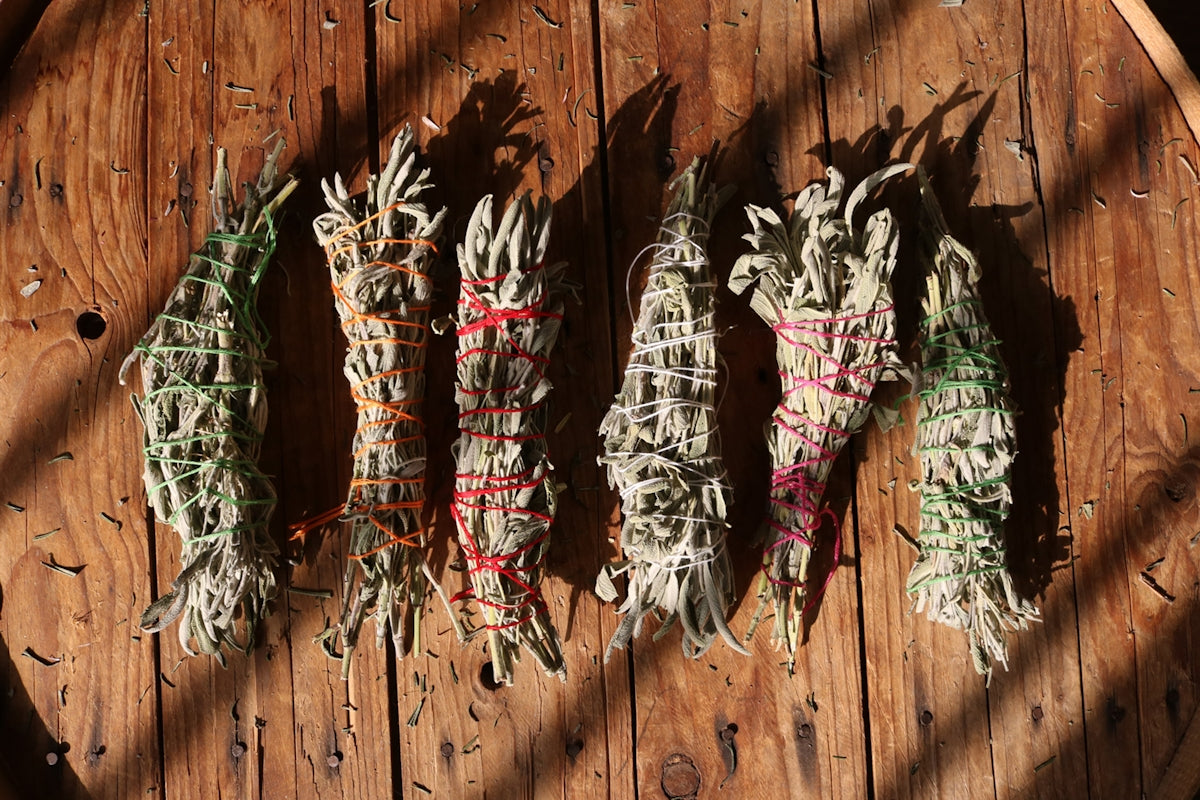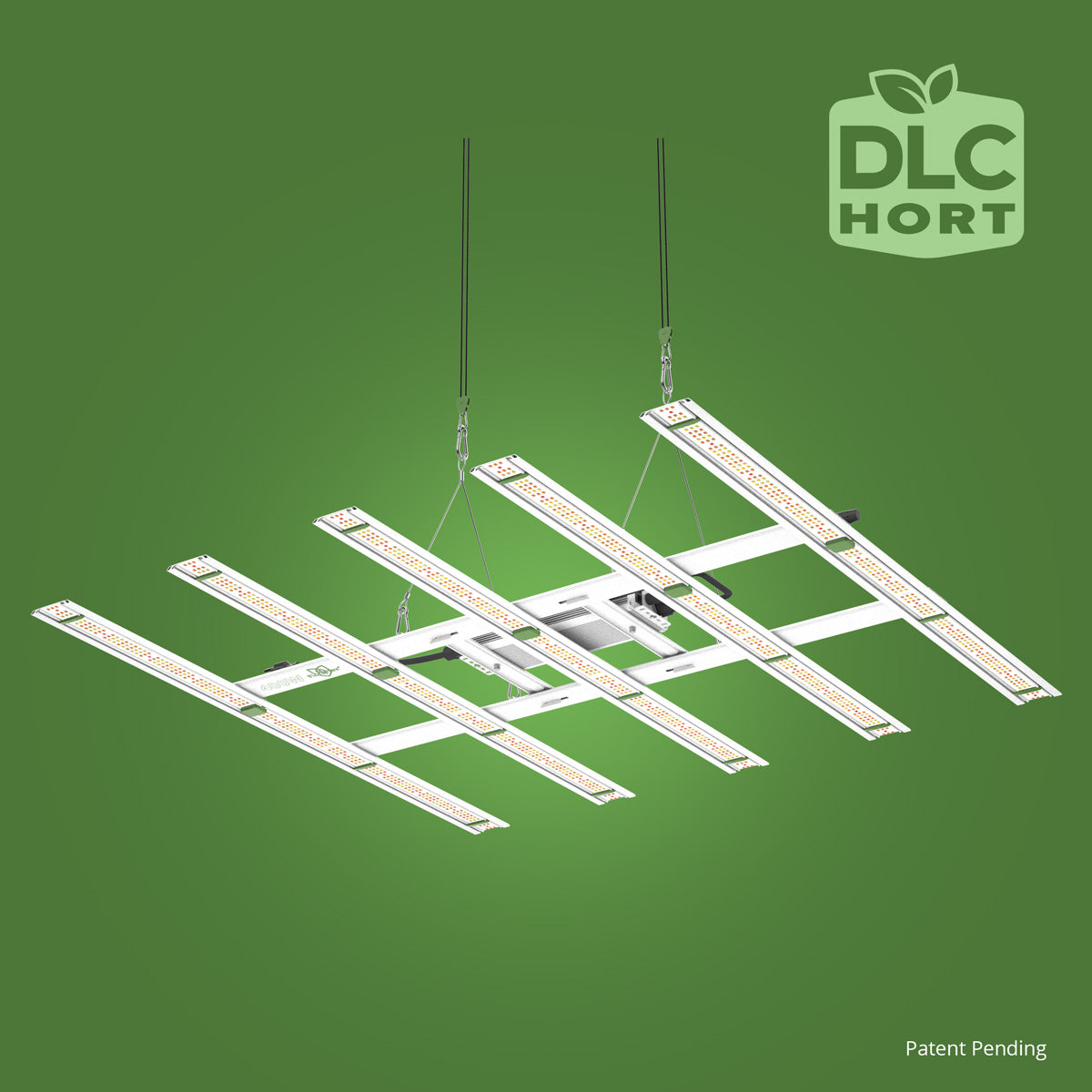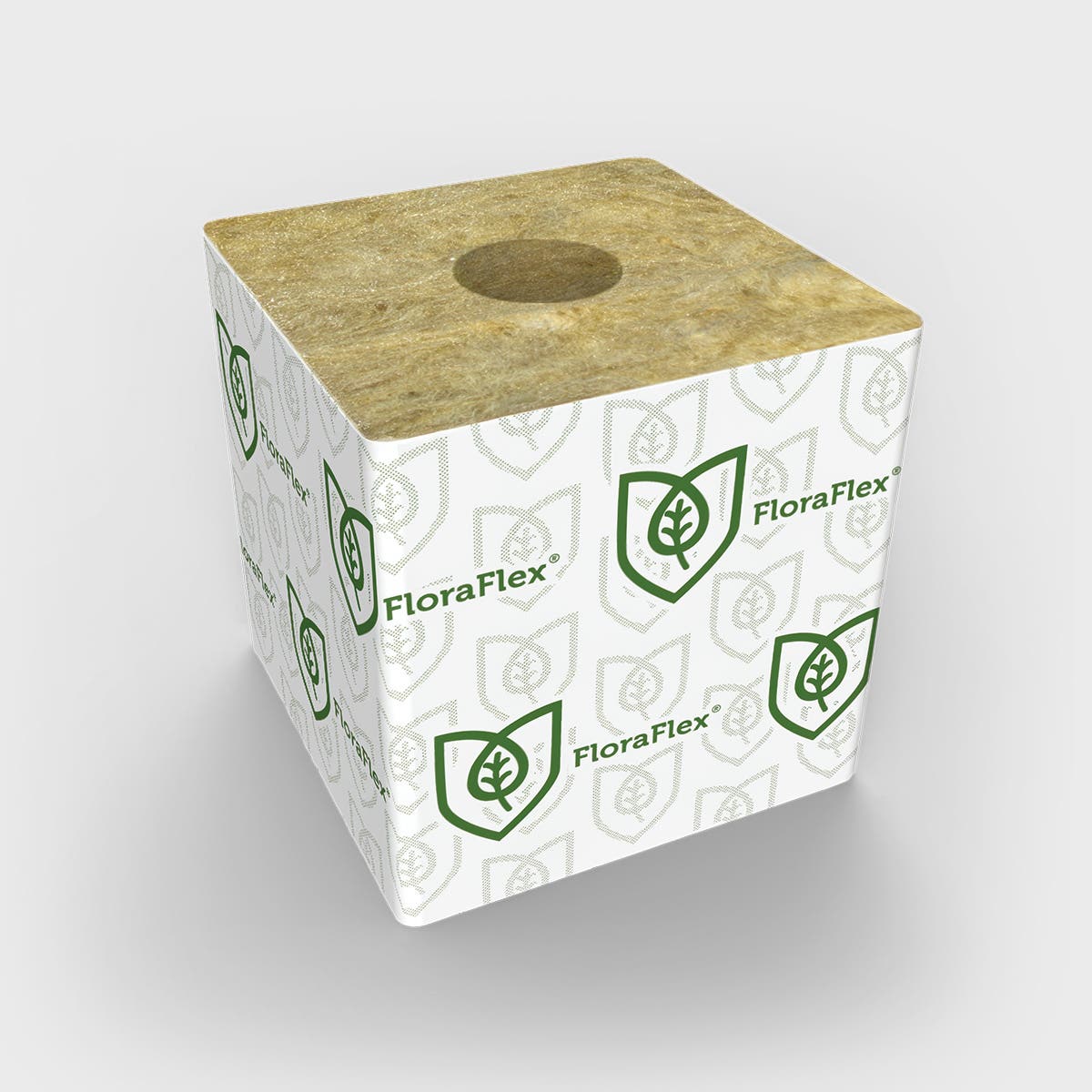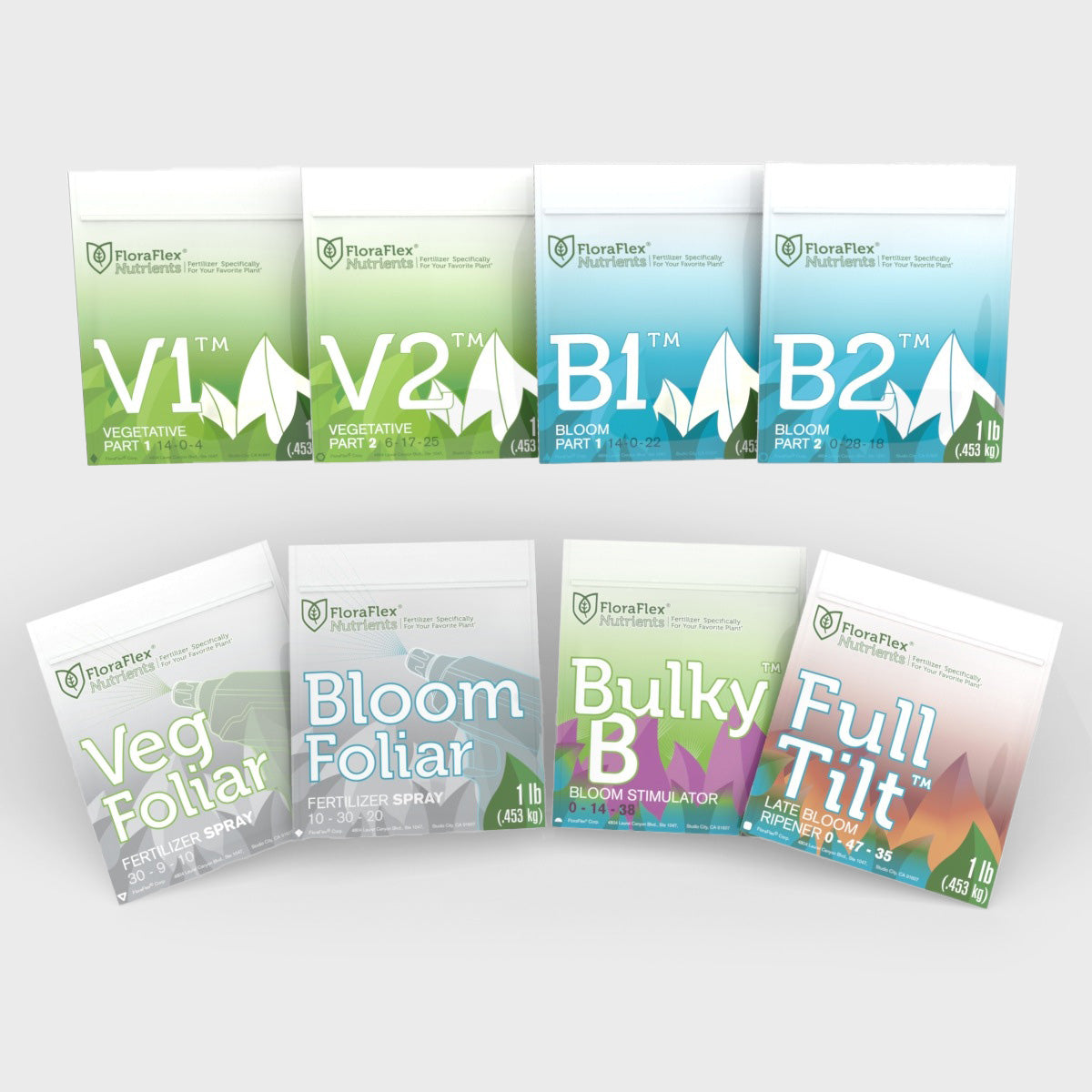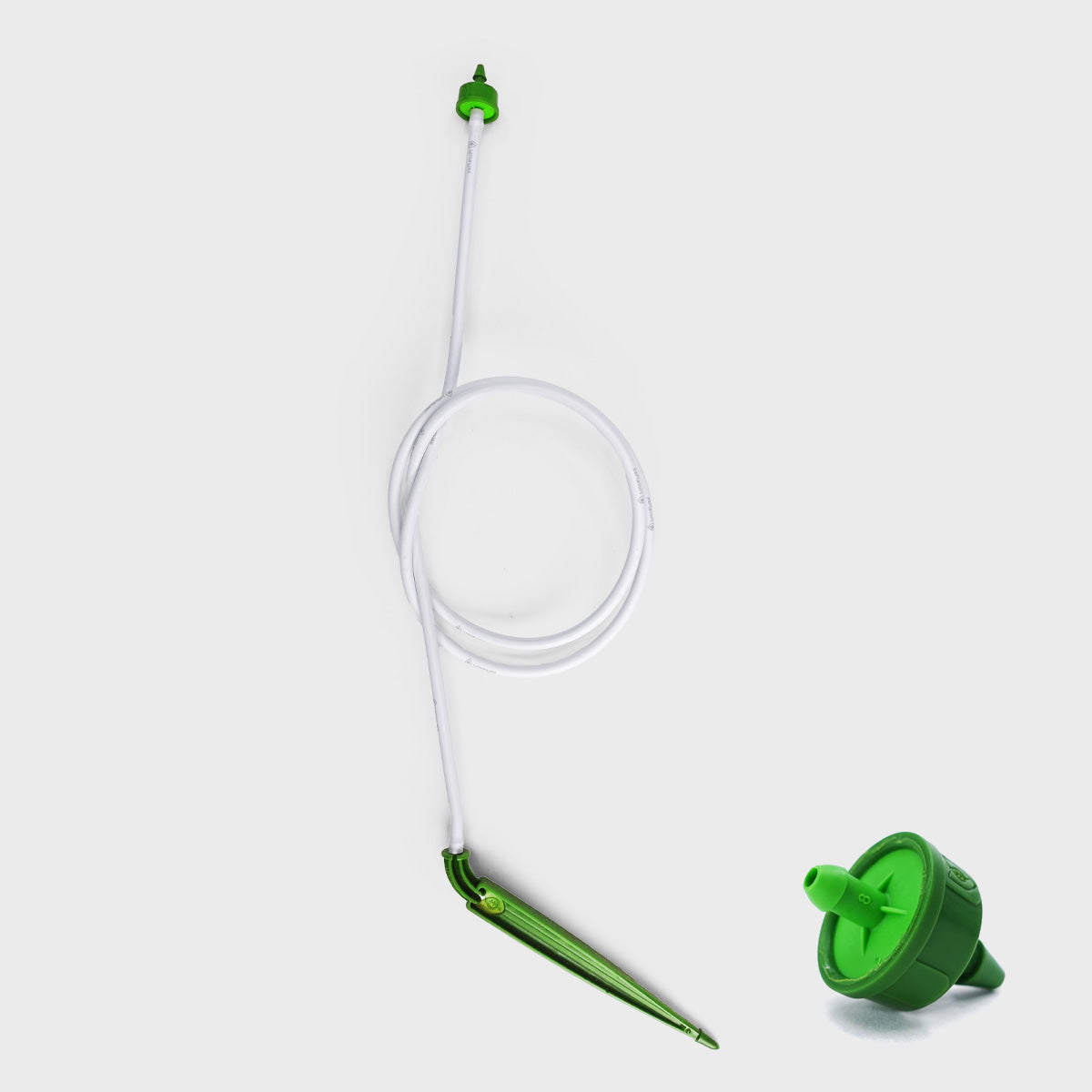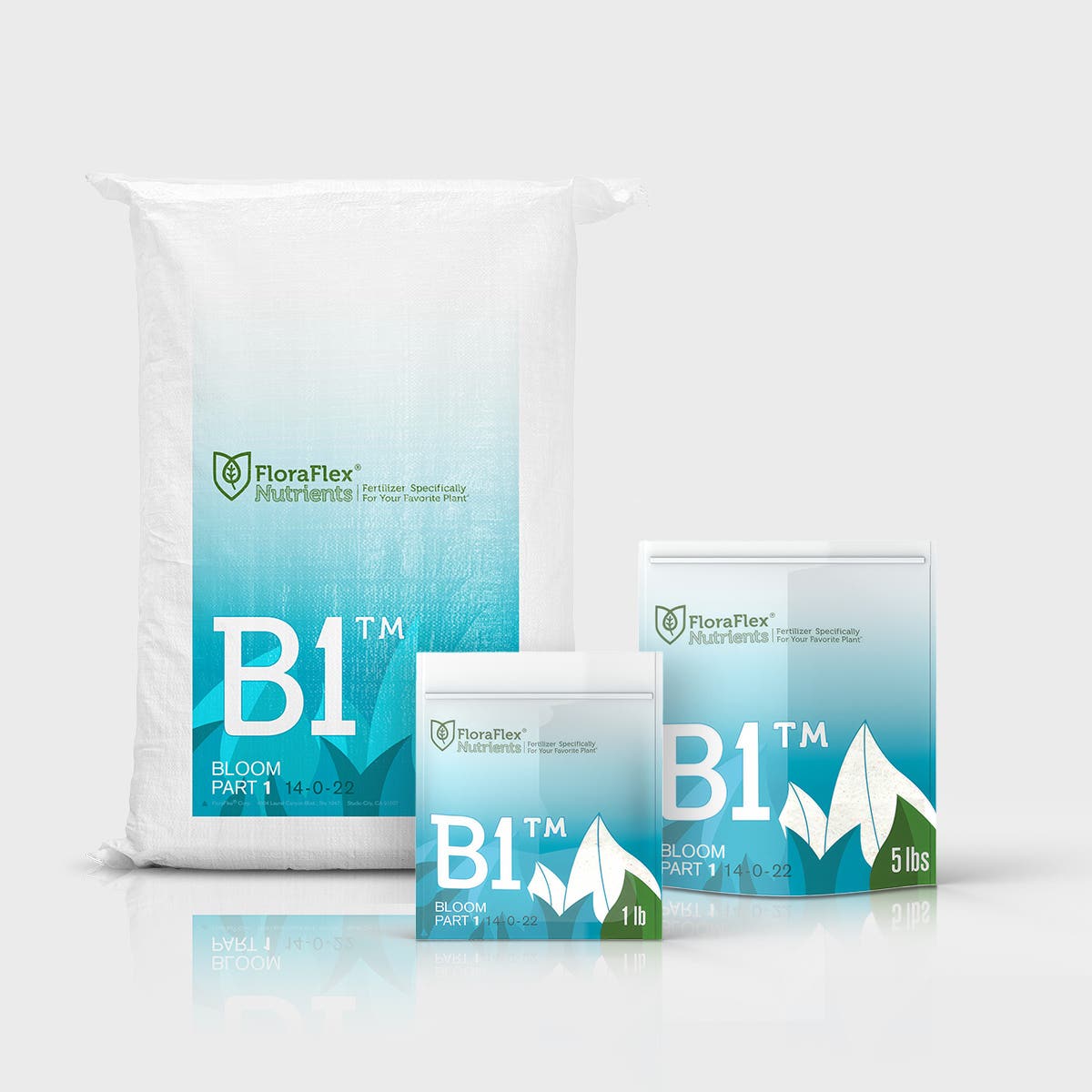As the cannabis industry continues to evolve, growers are increasingly seeking sustainable techniques to optimize their output and product quality. Crop rotation is one such technique that has traditionally been used in agriculture for centuries, but it is now gaining traction in cannabis cultivation as well. Though often associated with large-scale farming, crop rotation offers several unique advantages that can transform your approach to cannabis growing. In this blog post, we delve into five lesser-known benefits of crop rotation and how you can enhance your cannabis cultivation.
1. Enhancing Soil Health
One of the primary benefits of crop rotation is its ability to enhance soil health. By rotating crops, you allow the soil to recover and replenish nutrients, which are vital for cannabis growth. Different plants have varying nutrient requirements, and rotating them can prevent the depletion of specific nutrients. Additionally, some plants are capable of fixing atmospheric nitrogen into the soil, improving its fertility.
Enhanced soil health is crucial for thriving cannabis plants, which require a balanced nutrient profile for optimal growth. Implementing crop rotation reduces the dependency on chemical fertilizers, ultimately leading to healthier plants and more abundant yields.
2. Natural Pest and Disease Control
Another significant advantage of crop rotation is its role in natural pest and disease management. Continuously planting the same crop can lead to a buildup of specific pests and diseases that target that particular plant. Rotating crops interrupts the lifecycle of these pests and diseases, reducing their prevalence.
Specifically for cannabis, which is susceptible to various pests like spider mites and diseases such as powdery mildew, incorporating crop rotation can act as a preventative measure. This natural form of pest management lessens the need for chemical pesticides, ensuring that your plants remain healthy and chemical-free.
3. Weed Suppression
Effective weed management is critical in cannabis cultivation. Weeds compete with your plants for nutrients, water, and light, leading to diminished yields. Crop rotation can help suppress weed growth by altering the growth environment and disrupting weed adaptation.
When you rotate crops, the new plants change the soil structure and light availability, making it more challenging for established weeds to thrive. This natural weed suppression reduces the need for herbicides, contributing to a more sustainable growing environment.
4. Improvement in Plant Resilience
Crop rotation contributes positively to the resilience of cannabis plants. By enhancing soil structure and fertility, as well as reducing the presence of pests, diseases, and weeds, plants are less stressed and more robust. This resilience not only results in healthier plants but also in higher quality yields.
For cannabis growers using soil-based systems, incorporating products like the 6" FloraFlex Wool (Basalt Derived) can optimize water and nutrient distribution, further boosting plant resilience. These cubes offer a tailored solution to maintaining soil conditions that facilitate successful crop rotation.
5. Economic and Environmental Benefits
Finally, crop rotation brings both economic and environmental benefits. Economically, the reduction in chemical inputs like fertilizers, pesticides, and herbicides lowers production costs. For small-scale and large-scale cultivators alike, this can result in significant savings.
Environmentally, reducing chemical usage limits contaminants that can leach into surrounding ecosystems. Additionally, practices like crop rotation contribute to biodiversity, which is essential for the ecological balance. Sustainable practices resonate with environmentally-conscious consumers who value taking care of our planet.
In conclusion, crop rotation is a powerful tool in cannabis cultivation that promotes soil health, natural pest control, weed suppression, and plant resilience, along with economic and environmental benefits. By integrating this ancient agricultural method into modern cannabis farming, growers not only ensure sustainable practices but also maximize their yields and quality. Whether you're cultivating at home or on a larger scale, consider how crop rotation could enhance your growing strategy.
For further insights and products to aid in your cannabis cultivation, be sure to visit FloraFlex's website.

